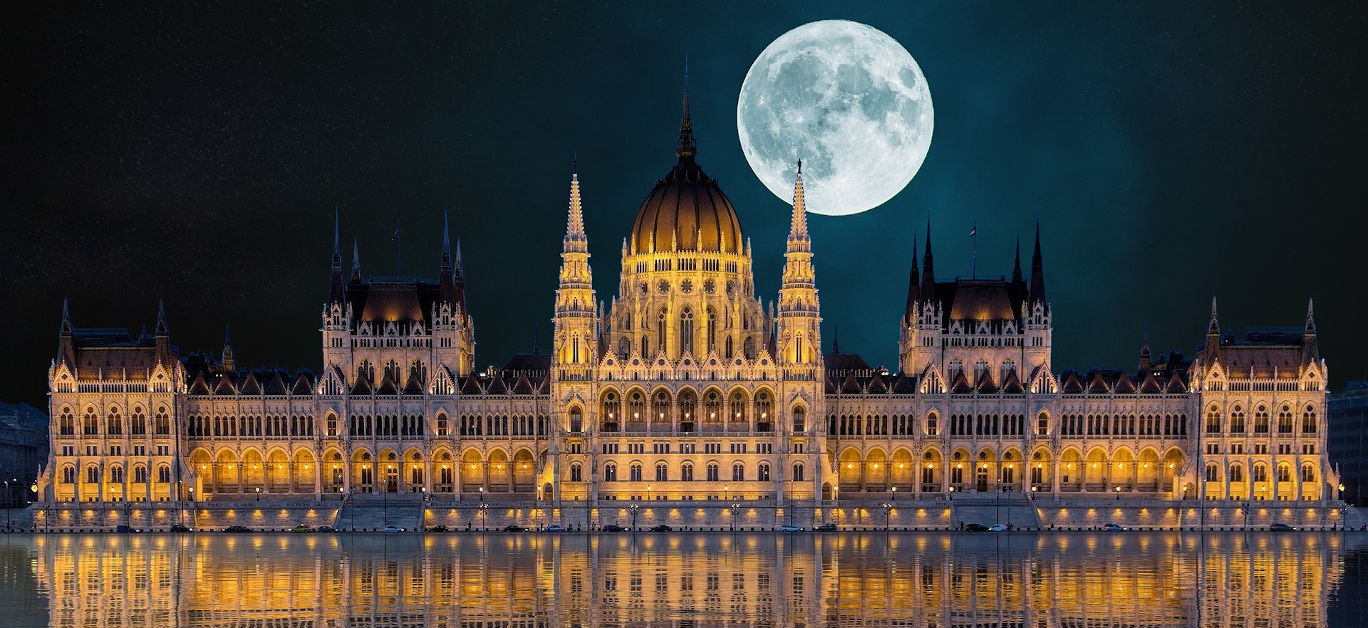Budapest offers visitors an intriguing insight into its colourful maelstrom of history and vibrant culture. Once a Celtic settlement, then a Roman capital, Budapest was plundered by the Mongols and then re-emerged in the 15th century as a focus for Renaissance humanist culture.
Following 150 years of Ottoman rule, Budapest entered a new era of prosperity in 1873, when unified as a single city occupying both banks of the river Danube, with Buda and Obuda on the west bank and Pest on the east bank. Budapest then became the second capital of Austria-Hungary, until that power was disbanded in 1918 and as a result of the Treaty of Trianon in 1920, Hungary lost much of its territory.
Budapest played a pivotal role during the 1848 Revolution, the emergence of the Hungarian Soviet Republic in 1919, Operation Panzerfaust in 1944, the Battle of Budapest in 1945 and the 1956 Revolution. Budapest is now recognised as one of the most beautiful of European cities and a respected World Heritage Site, which includes the banks of the river Danube, the Buda Castle Quarter, Andrassy Avenue, Heroes’ Square and the Millennium Underground Railway.
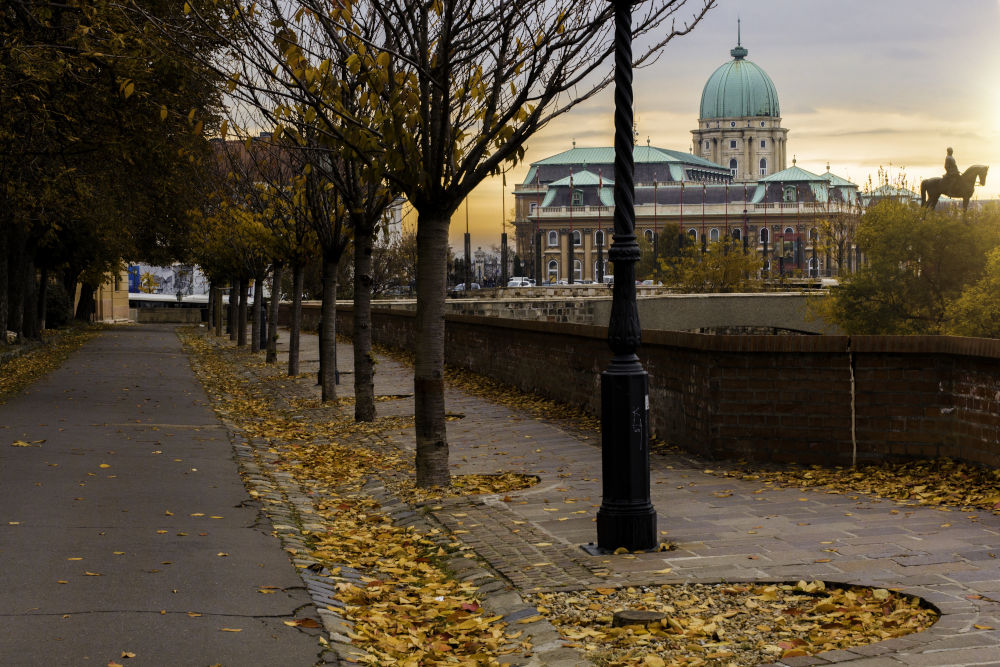
Today, the city attracts approximately three million tourists every year as it is the ideal place to view a veritable feast of Hungarian treasures and with 233 museums and galleries to visit, there is sure to be a suitable collection of exhibits to placate the most demanding audience.
The National Hungarian Museum was built in 1802 and houses an extensive collection of prints, manuscripts, maps, books and copperplates donated by Count Ferenc Széchényi. The collection attracts hordes of visitors, many of whom are eager to gaze upon an exquisite piano, made by John Broadwood and Sons of London, which, in 1917, belonged to Beethoven. After his death it was sold at auction to a Viennese art dealer and music publisher, who later gave the instrument to Liszt, and in 1887 the National Hungarian Museum, acquired the piano.
Be sure to wander around the imposing Buda Royal Palace, built in the 13th century, after the Mongolian invasion. For those of us with an insatiable thirst for art, a visit to the National Gallery, located within the Royal Palace is essential. View Hungary’s masterpieces and other striking works by less well known artists, ranging from the 10th century to the present day. This exceptional permanent collection features works covering the past half century of Hungarian art and includes Medieval and Renaissance stonework and wonderful examples of Gothic wood sculptures and magnificent altar pieces.
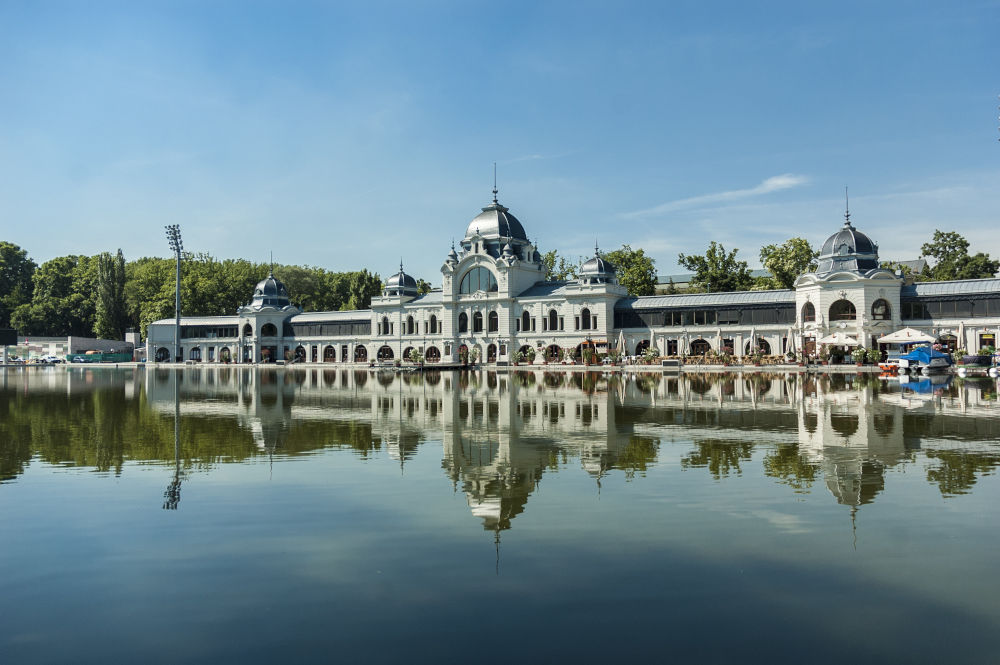
For weary travellers and exhausted adventurers visit the Szèchenyi Spa Baths for a spot of open air thermal bathing. Located in City Woodland Park, the complex includes three spacious swimming pools and twelve thermal pools. Lie back in the comfort of the tranquil waters of temperatures from 20°C to 38°C, and whilst you enjoy the comforting warmth have a leisurely game of chess on a floating board.
The waters, which come from two thermal springs under the City Park, are well known for their soothing qualities. Allow the sulphate, calcium, bicarbonate, magnesium and fluoride acid to treat those aching joints or that bothersome back pain and you will soon feel rejuvenated and ready to continue with your exploration.
Saunter along the grandiose Andrássy Avenue, named after a former prime minister, it is a beautiful boulevard dating back to 1872 and features striking Neo-renaissance mansions and townhouses. The Avenue is a listed World Heritage Site and is one of Budapest’s main shopping areas with luxurious boutiques jostling for space with fine cafes and restaurants.
For those adventurers keen to explore further afield, take a ride on the Budapest Metro, constructed in 1894; it is the second oldest underground railway system in the world, after the London Underground. The Budapest Metro was declared a World Heritage Site in 2002 and the Russian made Metrovagonmash rolling stock used on the M2 and M3 lines and still in use in the former Soviet Bloc, ensures a fascinating journey.
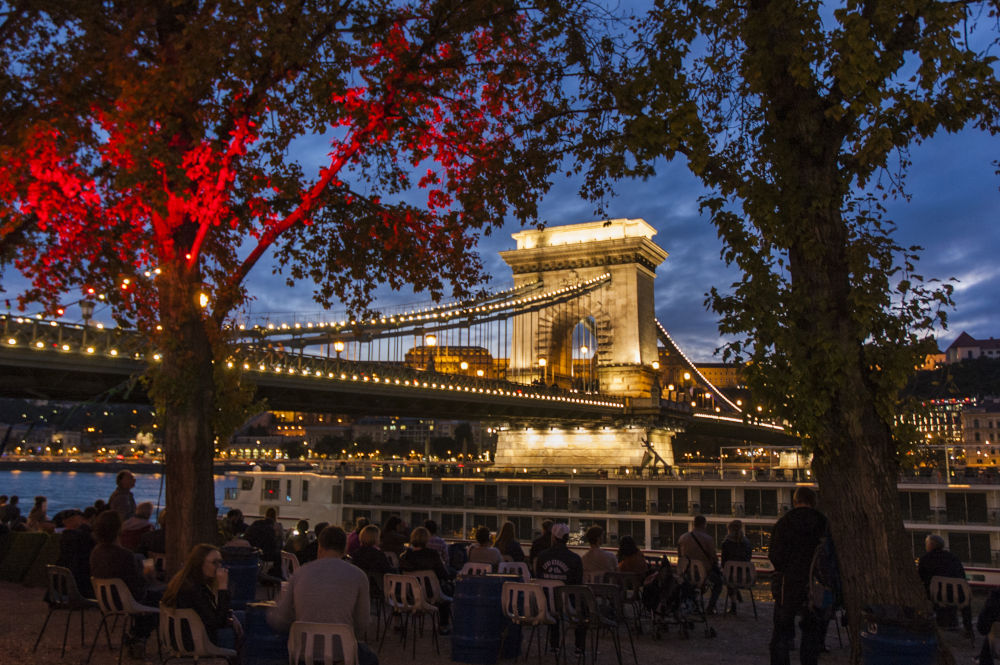
Take a sedate stroll across the magnificent cast iron Chain Bridge, designed by William Tierney Clark, the talented English civil engineer who was born in Bristol in 1783. Completed in 1849, the bridge is considered one of the Budapest’s major landmarks, spanning the Danube between Buda and Pest.
Wander around the grounds of the neo-classical Gresham Palace, built in 1906 under the ownership of the UK-based Gresham Life Assurance Company. At that time the property housed the company’s offices and played host to visiting British dignitaries. During WWII Soviet soldiers resided in the palace and the building was neglected and fell into disrepair. In 2001 Four Seasons Hotels purchased the property and it is now a luxurious, elegant and exquisitely furnished hotel and quite simply the perfect place to stay and, as expected, the highest category of comfort and service are provided.
Splash out and stay in the spacious Royal Suite, which covers 136 square metres and features a king sized bed swathed in cool, crisp, white linens and plump pillows, ensuring a deep and restful slumber. Reflecting an Art Deco style with original Art Nouveau pieces, this is hotel accommodation at its very best and the private balcony overlooking the glittering waters of the Danube is the ideal spot for an evening tipple or two prior to dining.
KOLLÁZS, the hotel’s vibrant bar and brasserie offers a wide variety of enticing dishes including a succulent, spicy octopus and seared scallop, served with potato paprikash gratin and Hungarian sausage, and the Baked Alaska with white peach parfait and almond dacquoise is the stuff of dreams!
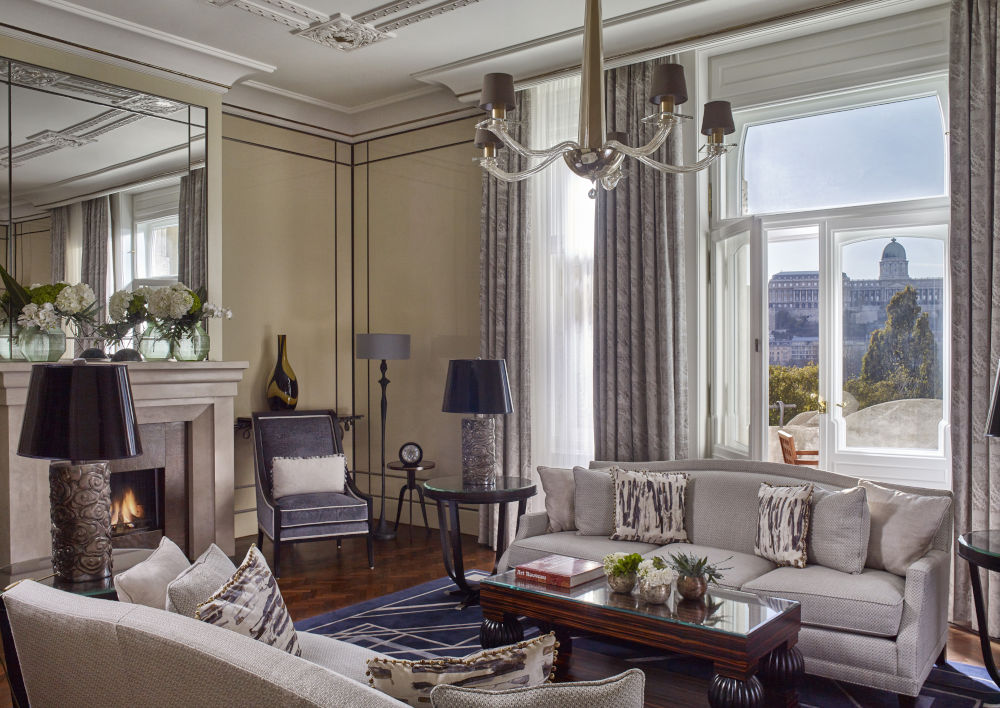
For those keen to venture further afield, consider Gundel, which is widely recognised as Hungary’s most celebrated dining establishment. Opened in 1894, the property was renovated in the 1990s by Hungarian/American restaurateur George Lang. The restaurant is located within City Park and features a beautiful Art Nouveau bar and a spacious and luxurious dining room with Hungarian works of art prominently displayed. Entertainment includes a Gypsy band, which is guaranteed to get diners tapping their toes. Be sure to make your reservation well in advance.
For those with an appetite for culture and history, seeking a relaxing weekend break and the opportunity to explore a captivating city Budapest ticks all the boxes.
Factbox
For details of The Gresham Palace, go to fourseasons.com and for more information on Budapest, visit budapestinfo.hu.
Images (excluding accommodation and main image) supplied with the kind permission of btfk and courtesy of Istvan Praczky












